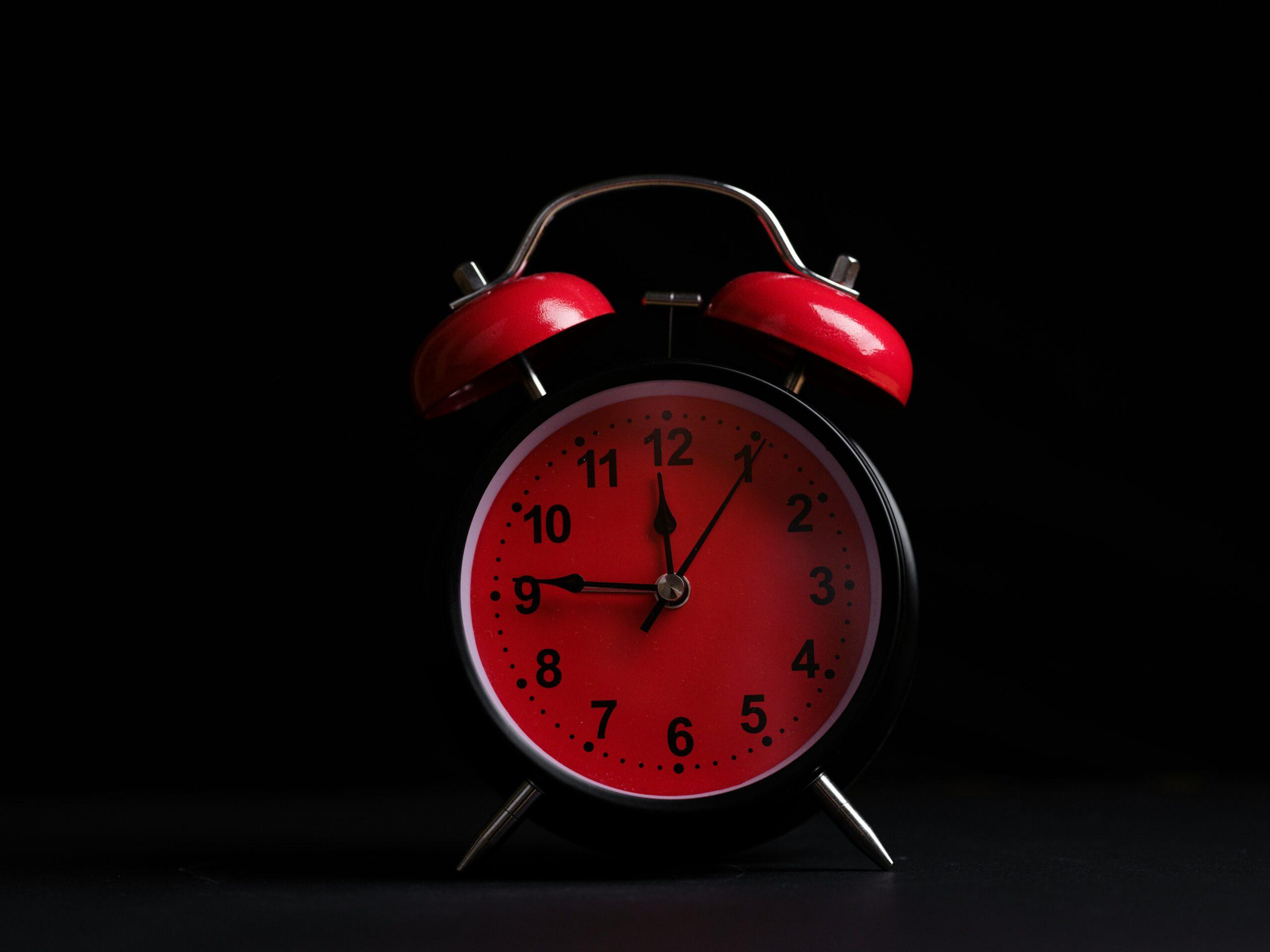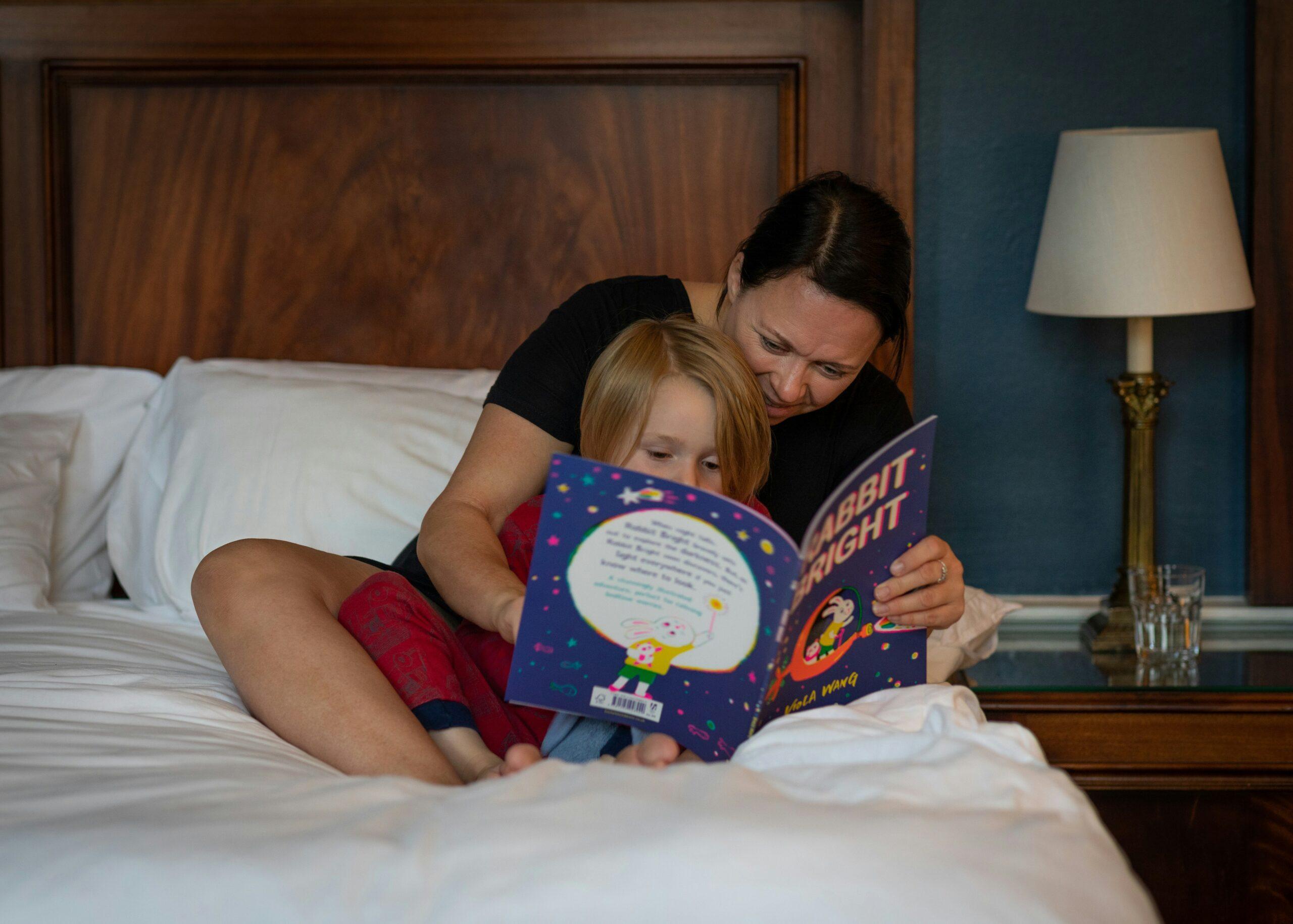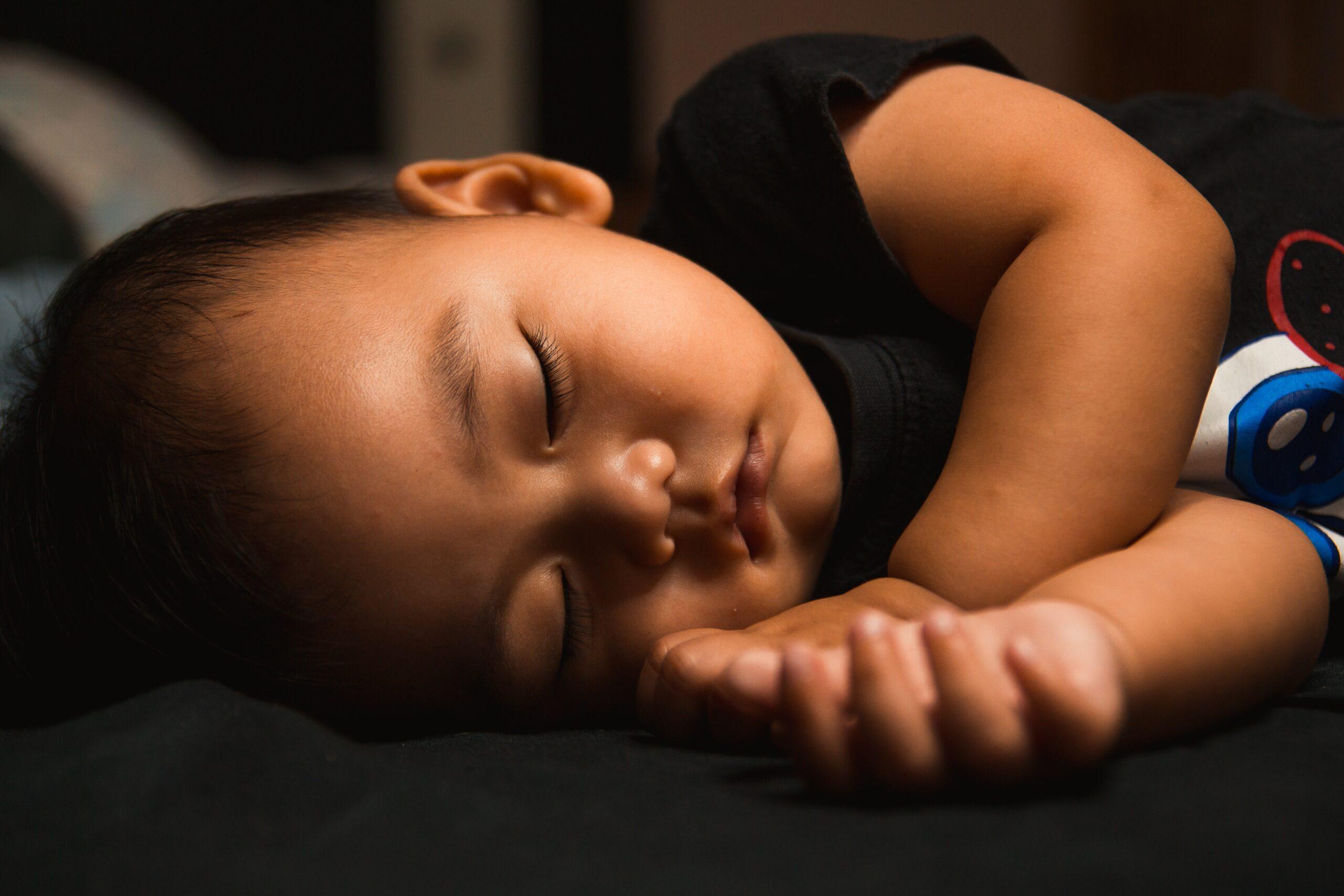It is estimated that between 40 and 80 percent of children on the autism spectrum suffer from problems that involve falling asleep, staying asleep, and waking too early. Scientists are unsure exactly what causes this high incidence of sleep challenges, but a big part of the issues stems from struggles with integrating an often over-stimulating world. As a certified sleep consultant and the director of a camp with many children who have special needs, I’ve had firsthand experience with all types of sleep problems. Read on for great tips about how to encourage a good night’s rest.
At camp, I’ve noticed that children on the spectrum have to work really hard all the time to maintain a level of “homeostasis,” or feeling good, in a “neurotypical” world. It’s as if our campers, on a daily basis, walk around performing their everyday tasks while simultaneously doing long division in their heads. In order for them to successfully take on the world, these campers truly need to be well rested, perhaps even more so than a “typical” child.
As a parent, you can help foster healthy sleep habits with the following suggestions.
- Like all children, those with autism need to exercise every day to stay healthy. In order to do this and get to sleep at a reasonable hour, kids should exercise at least two to four hours before trying to sleep.
- Children with autism most likely require an extended amount of time to calm down and become sleepy. At least 30 to 45 minutes should be put aside in the child’s daily schedule to allow for this relaxation period, which means that homework may need to get done earlier or saved for the morning.
- Research shows that dim lights while getting ready for bed create an increase in melatonin, the “sleep hormone” in our bodies. A light dimmer in the child’s room might be well worth the investment.
- Children with special needs often require a great deal of predictability in their lives, and bedtime routines are no exception. Kids may benefit from a sleep rules chart in their room that is age appropriate. It should include the evening schedule from taking a bath, dimming lights, and putting on pajamas to reading, turning off the lights, and settling in to sleep.
- Kids who struggle with sensory integration may find the use of weighted blankets to be helpful. Others may prefer to sleep on the floor or a hard, rather than a “squishy,” mattress.
- Although it feels counterintuitive, many kids who have trouble falling or staying asleep at night are often overtired and require an earlier bedtime. It is not unheard of to have school-age children on the spectrum in bed with the lights off between 7:30pm and 8pm.
- Many parents (and doctors) fall into the trap of quickly moving towards the use of synthetic melatonin (the sleep hormone mentioned earlier). There have been a few studies that question the safety of ongoing, nightly use of such products in children. Encouraging healthy sleep habits with the tips above may offer a better place to start.
Try integrating these suggestions into your child’s routine, and have sweet dreams!




